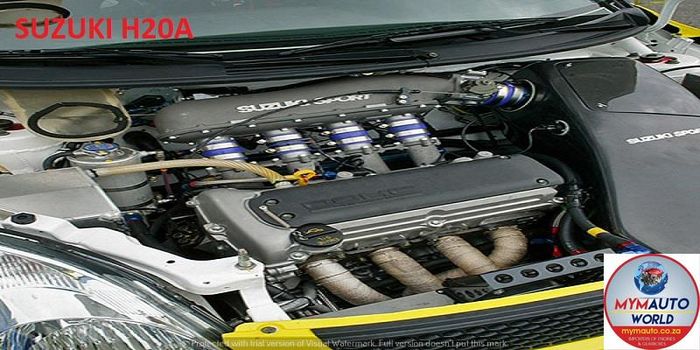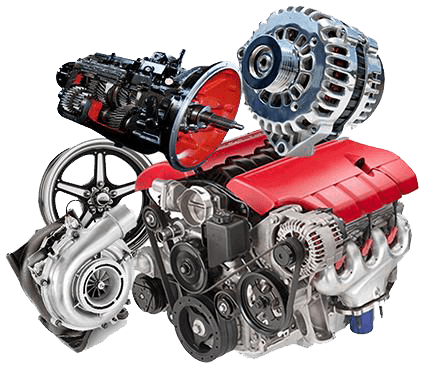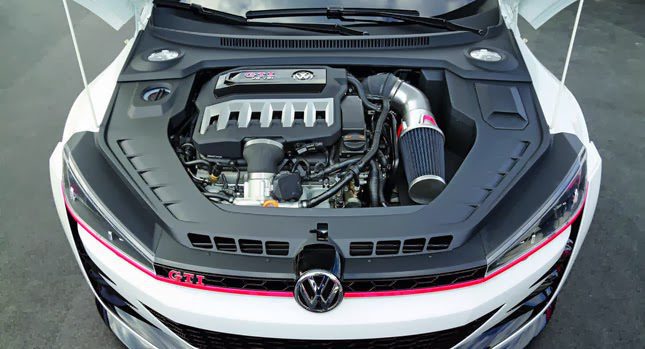Where to Discover the most effective Opel Corsa Engine for Substitute
Where to Discover the most effective Opel Corsa Engine for Substitute
Blog Article
Effective and effective Small Auto Electric Motor Performance Evaluation
Analyzing the performance of little cars and truck electric motors is a nuanced task that requires a keen eye for information and a deep understanding of vehicle design concepts. By examining essential metrics such as horse power and torque, as well as examining gas performance, we can uncover insights into how small automobile engines can be enhanced for peak performance.

Small Automobile Electric Motor Efficiency Metrics
In assessing the performance of small automobile motors, vital metrics such as velocity, gas performance, and power output play an important function in identifying their general performance and viability for various driving problems. Velocity, determined in secs from 0 to 60 miles per hour, suggests just how swiftly a tiny auto can get to greater rates, which is necessary for combining onto freeways or overtaking other cars. Fuel efficiency, typically measured in miles per gallon (MPG), reflects just how much a little cars and truck can take a trip on a gallon of fuel, impacting running costs and ecological sustainability. Power result, revealed in horsepower (HP) or kilowatts (kW), represents the engine's capability to create the essential pressure to push the car, influencing its performance in numerous roadway conditions. By evaluating these efficiency metrics thoroughly, producers, chauffeurs, and automotive fanatics can make educated decisions pertaining to the choice and optimization of small cars and truck electric motors to satisfy their particular requirements and preferences.

Horsepower and Torque Evaluation
With an essential function in comprehending small vehicle motor torque, efficiency and horsepower evaluation supplies understanding into the engine's power delivery characteristics. In the context of tiny auto electric motors, horsepower is essential for determining velocity, leading speed, and overall efficiency. By comprehending the connection between horse power and torque, vehicle engineers can optimize engine efficiency to meet the details needs of little car applications.
Gas Effectiveness Assessment
The evaluation of gas efficiency in tiny automobile motors plays a critical function in determining their financial and environmental influence. Fuel performance refers to the capacity of a lorry to use fuel successfully in regard to the distance took a trip. In small car motors, where small size usually correlates with much better gas economic climate, various variables influence effectiveness. Engine design, weight, aerodynamics, and driving conditions all add to exactly how effectively gas is consumed.
Little automobile motors that achieve greater MPG rankings are taken into consideration a lot more fuel-efficient, resulting in expense savings for chauffeurs and reduced emissions that profit the atmosphere. Producers constantly strive discover this to boost gas effectiveness through innovations in engine modern technology, light-weight materials, and wind resistant layouts.

Optimizing Little Automobile Engine Performance
Enhancing the efficiency of little cars and truck engines is vital in optimizing performance and minimizing functional expenses. Optimizing tiny cars and truck engine performance involves an all natural technique that considers different elements such as engine design, web link gas management systems, and total automobile dynamics. One vital element of optimizing engine efficiency is guaranteeing correct maintenance timetables are complied with, including routine oil changes, filter substitutes, and spark plug examinations. Furthermore, adjusting the engine to operate at its peak performance can considerably boost overall efficiency.
Another crucial consider maximizing small car engine performance is the application of innovative innovations such as turbocharging or hybrid systems. These modern technologies can enhance power outcome without endangering fuel efficiency, providing an equilibrium between efficiency and economy. Maximizing engine efficiency also includes enhancing burning efficiency, decreasing frictional losses, and enhancing thermal management systems.
Future Trends in Small Cars And Truck Motors
Taking into account advancing automotive technologies and the continuous search of ideal little cars and truck engine efficiency, an expedition of future patterns in tiny car electric motors becomes essential - opel corsa engine. One noticeable trend on the horizon is the boosting assimilation of electric powertrains in tiny automobiles. As the auto industry shifts towards sustainability and minimized exhausts, even more small automobile makers are buying electrical motor technology to enhance efficiency and environmental kindness
One more substantial fad is the growth of smaller sized yet more powerful turbocharged engines for small automobiles. By downsizing engine capabilities and integrating turbocharging innovation, car manufacturers can attain greater power results while keeping gas effectiveness. This pattern lines up with the growing consumer demand for small vehicles that deliver a dynamic driving experience without compromising on fuel economic situation.
Moreover, the appearance of crossbreed powertrains in tiny autos is anticipated to get traction in the future. Hybrid systems offer the advantages of both inner burning engines and electric motors, providing improved efficiency and fuel efficiency. As developments in battery technology continue, tiny cars and truck motors are likely to come to be also much more effective and efficient, providing to the progressing requirements of consumers and governing needs for cleaner transportation solutions.
Verdict
To conclude, the analysis of tiny automobile motor efficiency metrics such as horsepower, torque, and gas effectiveness is important in maximizing engine performance. By evaluating these aspects, producers can boost the overall performance and power outcome of tiny automobile motors (opel check my reference corsa engine). Future patterns in tiny automobile electric motors are likely to concentrate on enhancing performance while keeping fuel effectiveness, ensuring that little cars remain to be a affordable and reputable selection for consumers
By taking a look at key metrics such as horsepower and torque, as well as examining gas efficiency, we can discover understandings into how little automobile engines can be enhanced for peak efficiency. Optimizing small cars and truck engine efficiency involves an alternative technique that takes into consideration various elements such as engine style, gas monitoring systems, and total automobile characteristics.In light of progressing automotive technologies and the constant quest of ideal tiny auto engine performance, an exploration of future trends in small automobile motors ends up being critical.In conclusion, the analysis of small vehicle electric motor efficiency metrics such as torque, fuel, and horsepower performance is essential in maximizing engine efficiency. Future patterns in tiny car motors are most likely to concentrate on boosting performance while preserving fuel performance, making sure that small automobiles continue to be a affordable and trustworthy choice for consumers.
Report this page